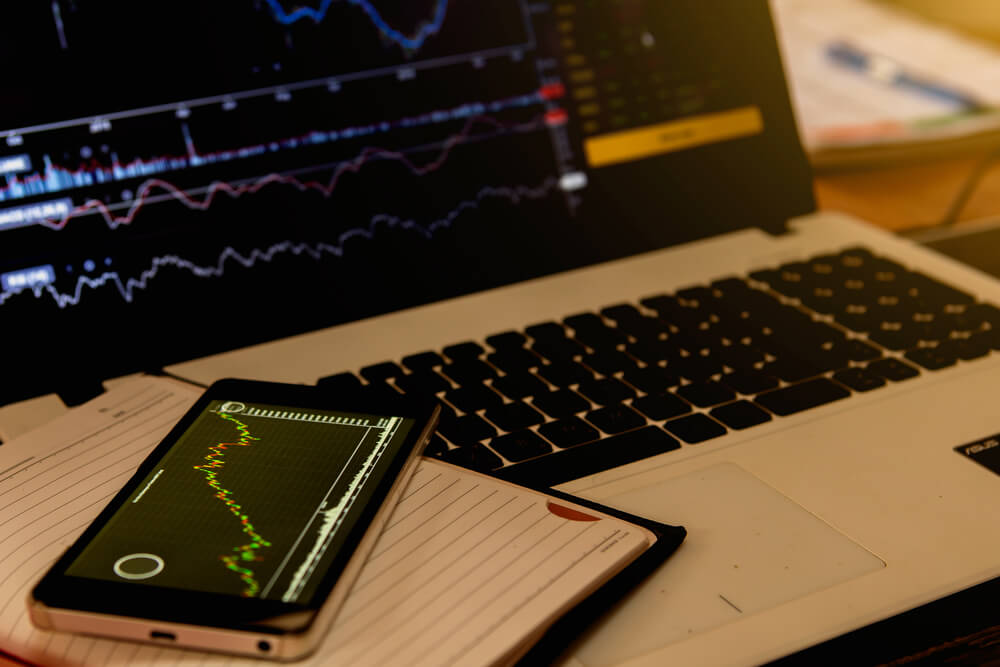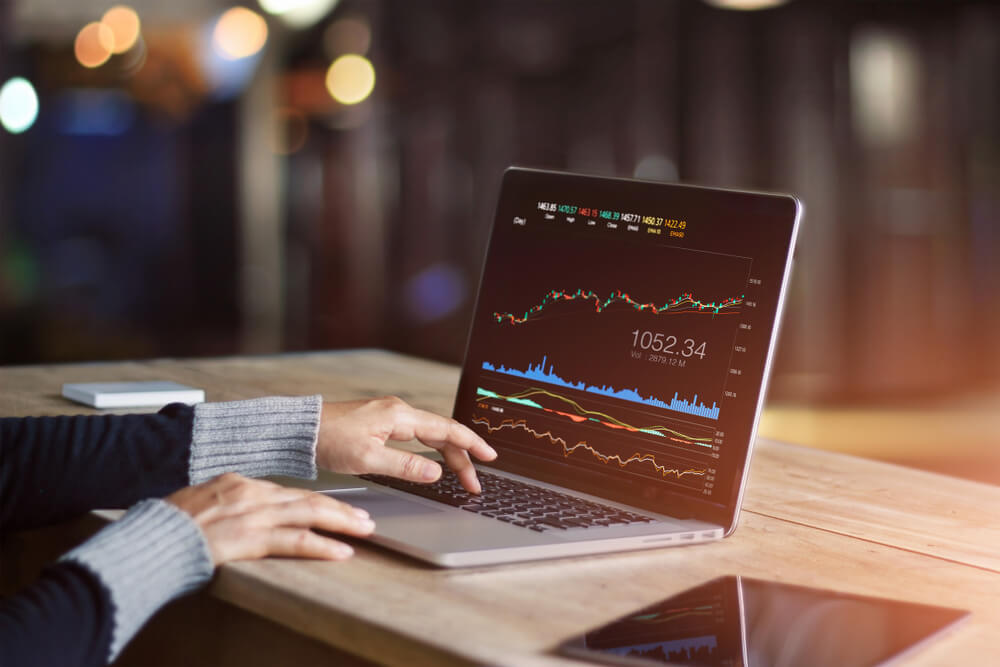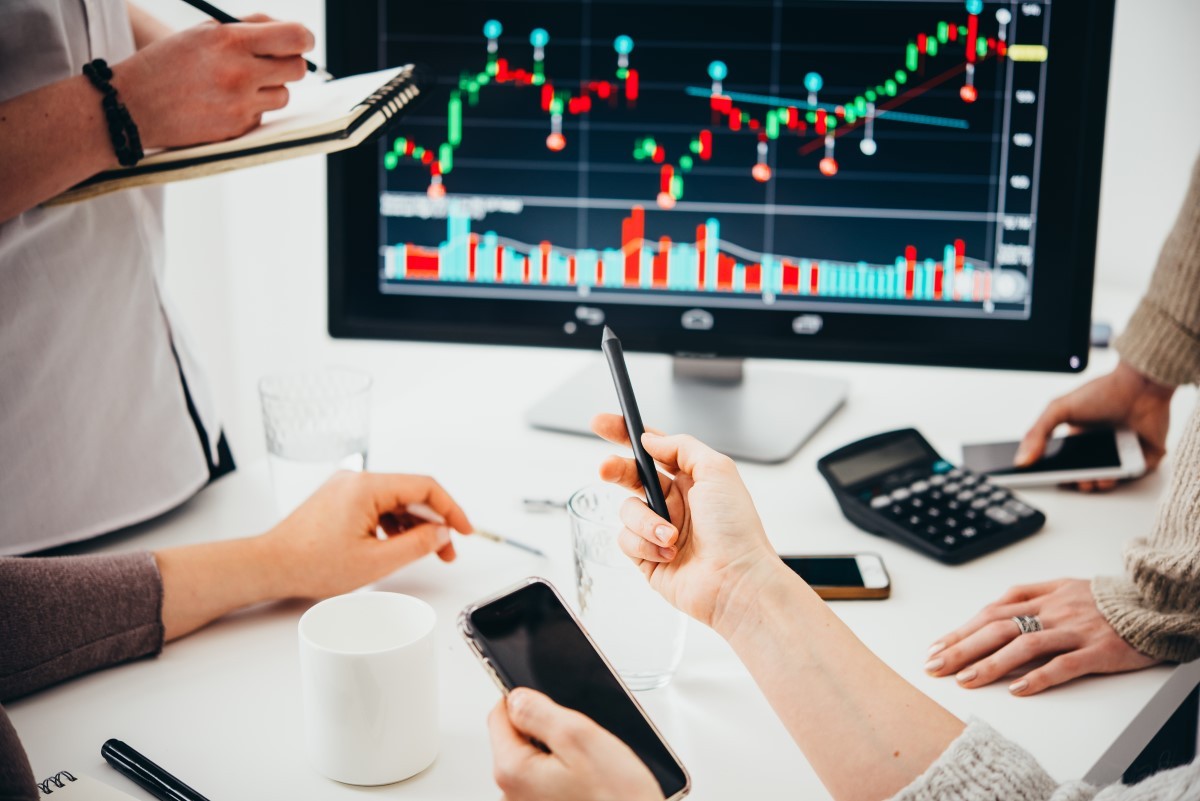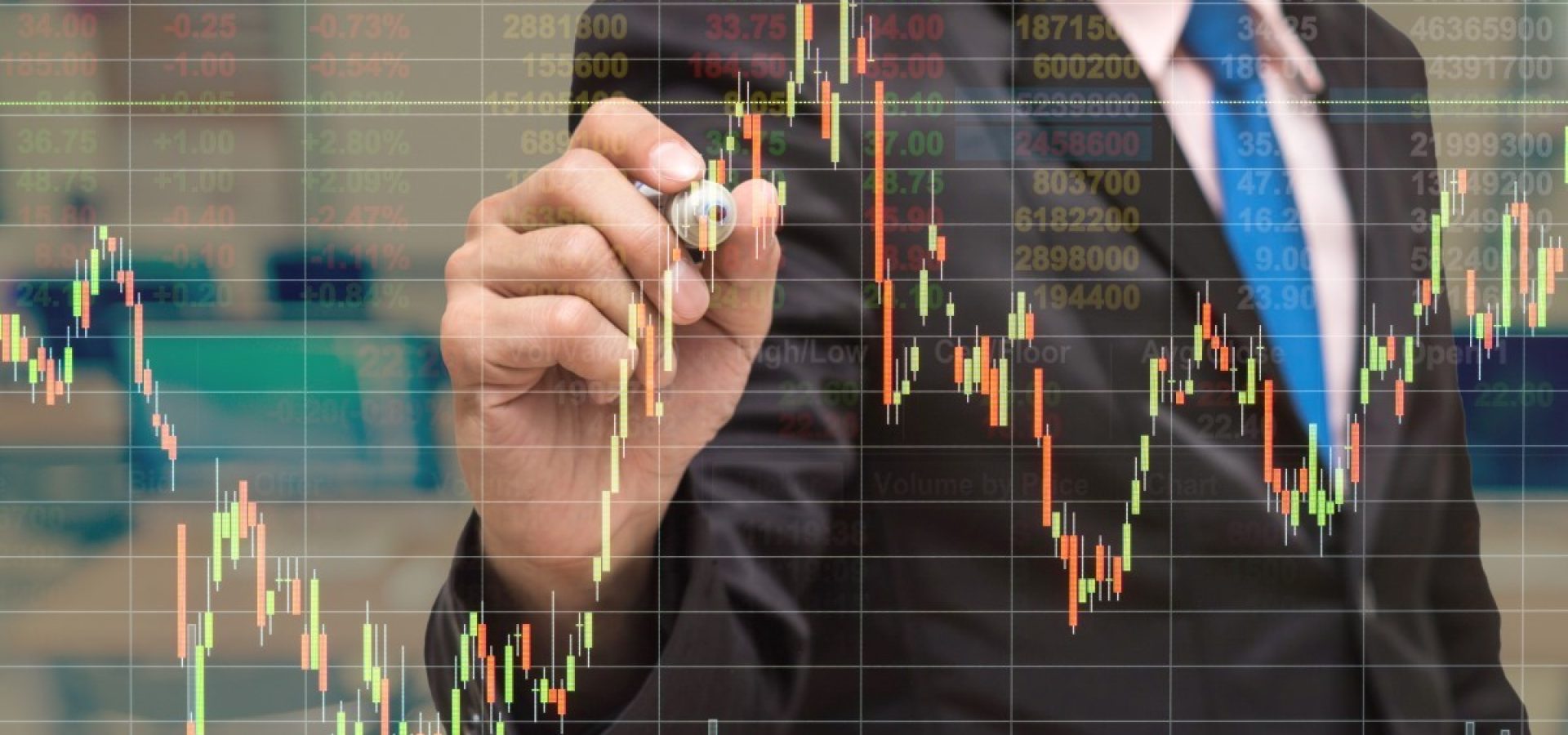Quick Look:
- Big data analytics revolutionizes forex trading with enhanced decision-making and market insights.
- Traders use various data for insights, including market figures and social media sentiment.
- Challenges include the high costs and risks of data security and overfitting models.
- Leading financial institutions leverage big data for trading strategies and risk management.
- Despite challenges, big data offers significant advantages in predictive capabilities and market analysis.
Forex trading is witnessing a revolutionary transformation underpinned by the colossal wave of big data analytics. This emerging trend redefines the strategies and the essence of trading in the world’s largest financial market. With a daily turnover of trillions of US dollars, the forex market’s grandeur is unmatched, and its complex dynamics demand innovative approaches for effective navigation.
Introduction to the Era of Data
The digital age has ushered in unprecedented data generation and utilization expansion. The forex trading sphere, a vital component of the global financial ecosystem, has been at the forefront of adopting big data analytics. Moreover, this integration has paved the way for more informed decision-making powered by comprehensive market insights. As data becomes increasingly crucial in trading strategies, its impact on the forex market is profound and multifaceted.
Decoding Big Data in Forex Trading

In Forex trading, big data is the driving force behind modern strategies. Traders rely on advanced tools to collect, preprocess, and analyze vast amounts of information, from market figures and economic indicators to social media sentiment, to make real-time informed decisions.
1. The Backbone of Modern Trading
Big data, by definition, encompasses the vast volumes of diverse information churned out at an ever-accelerating pace. Therefore, this translates into an array of tools and technologies dedicated to the meticulous tasks of data collection, storage, preprocessing, and analysis. The reliance on cloud computing and distributed databases exemplifies the sector’s shift towards more agile and scalable solutions. Furthermore, traders now leverage advanced analysis techniques to preprocess and cleanse data, ensuring its relevance and accuracy for making pivotal trading decisions.
2. The Wellsprings of Data
Forex traders draw upon various data sources to glean actionable insights. Market figures provide the foundational layer, encompassing real-time and historical prices, orders, and trade data. Moreover, economic indicators offer a macroeconomic perspective, shedding light on potential market movements. Meanwhile, the burgeoning role of social media sentiment and news articles underscores the market’s sensitivity to global events and public perception.
Navigating Big Data Analytics in Forex Trading
Exploring the intersection of big data analytics and forex trading reveals promising advantages and complex challenges.
Incorporating big data analytics into forex trading elevates precision and sophistication, empowering traders with enhanced forecasting models and real-time analysis capabilities to confidently navigate market volatilities. Additionally, robust risk management frameworks further reinforce the value proposition of big data in trading.
Meanwhile, embracing big data analytics presents challenges, including significant resource requirements for deploying and maintaining advanced analytical tools, concerns over security vulnerabilities and the risk of overfitting models to historical data.
Financial powerhouses such as JPMorgan Chase and Goldman Sachs showcase successful integration of big data analytics. They leverage extensive datasets to refine trading strategies, identify market trends, and enhance risk management practices, establishing industry benchmarks.
Big Data Analytics Strategies in Forex

Implementing big data analytics into forex trading strategies enhances traditional analysis methods and introduces innovative approaches like sentiment analysis and advanced algorithmic trading. These strategies reshape the landscape, offering traders new avenues for capitalizing on market trends.
1. Sentiment Analysis:
Big data analytics can analyze sentiment data from various sources, such as news articles, social media platforms, and financial forums. By understanding market sentiment, traders can gauge the mood of the market participants and make informed decisions based on sentiment indicators.
2. Predictive Modeling:
Big data analytics can be used to develop predictive models that forecast currency price movements based on historical data, economic indicators, and other relevant factors. Machine learning algorithms such as decision trees, random forests, and neural networks can be employed to build predictive models that identify patterns and trends in forex markets.
3. Algorithmic Trading:
Big data analytics can be used to develop algorithmic trading strategies that automatically execute trades based on predefined criteria. These algorithms can analyze real-time data to identify trading opportunities and execute trades at optimal prices and timings.
4. Risk Management:
Big data analytics can help forex traders manage risk more effectively by analyzing historical data and identifying potential risk factors. By understanding the relationship between different variables and their impact on currency prices, traders can implement risk management strategies to mitigate potential losses.
5. High-Frequency Trading (HFT):
Big data analytics is crucial in high-frequency trading, where trades are executed at extremely high speeds to capitalize on small price movements. HFT algorithms analyze market data in real time and execute trades within milliseconds, leveraging big data technology to gain a competitive edge in the forex markets.
6. Pattern Recognition:
Big data analytics can identify patterns and anomalies in forex market data that may not be apparent to human traders. By applying advanced mining and pattern recognition techniques, traders can uncover hidden insights and develop trading strategies based on these patterns.
7. Market Segmentation:
Big data analytics can help segment the forex market into categories based on various criteria, such as currency pairs, trading volumes, and market volatility. By understanding the characteristics of different market segments, traders can tailor their trading strategies to suit specific market conditions and maximize their returns.
Predictive Analytics in Forex Trading

In the dynamic realm of Forex trading, daily turnovers soar to an impressive USD 5.1 trillion. This landscape evolves incessantly, driven largely by technological advancements. Among these innovations, online Forex trading platforms stand out, revolutionizing trader engagement with the market. However, despite these strides, the Forex market presents distinct challenges and opportunities. This article explores the crucial role of predictive analytics and big data in navigating the complexities of Forex trading.
Understanding Forex Trading Challenges
At its essence, Forex trading demands astute decision-making in a highly volatile environment. To make informed choices, traders must weigh various factors, including their trading persona, market knowledge, financial objectives, and risk appetite. These challenges underscore the need for a comprehensive preparation strategy for anyone entering the trading arena.
Tips for Aspiring Traders
Before embarking on their Forex journey, traders should:
- Identify Their Trader Personality Profile: Recognizing one’s trading style significantly influences strategy selection and market engagement.
Determine an Overall Strategy: Setting clear financial objectives and establishing a robust risk management framework.
Stay Informed: Remaining abreast of market developments and conducting thorough research on trading pairs are fundamental practices for success.
The Role of Predictive Analytics and Big Data
Predictive analytics has emerged as a healthcare, finance, and marketing cornerstone. Its relevance in Forex trading is particularly noteworthy, offering advantages such as time efficiency, actionable insights, market sentiment comprehension, and enhanced trading outcomes.
Predictive Analytics: Beyond Forex

The versatility of predictive analytics transcends trading, impacting sectors like healthcare, customer relationship management, fraud detection, and risk management. Its broad applications underscore its capacity to generate predictive insights across diverse domains.
Trading Strategies: Day Trading vs. Long-Term Investing
Forex trading strategies broadly fall into day trading and long-term investing categories. Day trading entails capitalizing on minor price fluctuations, necessitating specific strategies tailored to short-term movements. Conversely, long-term investing focuses on capturing significant price movements over time, requiring less frequent monitoring and a distinct risk management approach.
Fostering Financial and Saving Habits
Successful trading hinges not only on strategies but also on financial discipline. Establishing a budget, managing finances prudently, saving diligently, and curbing unnecessary expenses are foundational habits that bolster a trader’s overarching strategy.
Conclusion
In conclusion, integrating big data analytics into forex trading represents a monumental shift, empowering traders with unprecedented insights and decision-making capabilities. Despite challenges such as high costs and security risks, leading financial institutions are harnessing the power of big data to refine trading strategies and manage risks effectively.
Furthermore, through innovative approaches like sentiment analysis and predictive modelling, traders can navigate the complexities of the forex market with greater precision and confidence. As the realm of forex trading continues to evolve, the strategic adoption of big data analytics promises to reshape the landscape, offering substantial advantages in predictive capabilities and market analysis.











COMMENTS